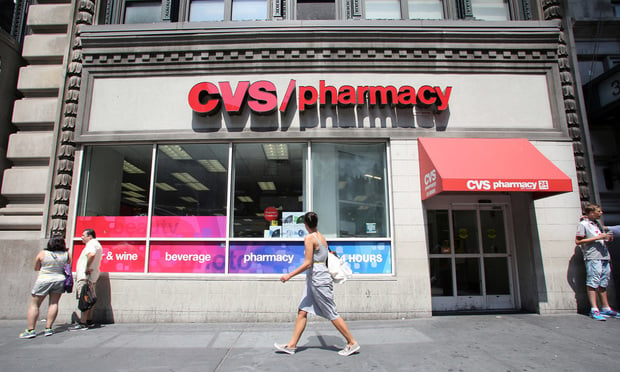 One of the major shifts in the primary care landscape has been the emergence of urgent care and retail health clinics across the country–in big cities, small towns, drugstores and strip malls. (Photo: Shutterstock)
One of the major shifts in the primary care landscape has been the emergence of urgent care and retail health clinics across the country–in big cities, small towns, drugstores and strip malls. (Photo: Shutterstock)
The health care system continues to get more expensive without commensurate improvements in quality and access. Employers and other health care purchasers under constant pressure to rein in costs are seeking innovative ways to offer their plan members access to high quality and affordable care. As a result, urgent and retail care centers are seeing a resurgence, presenting new opportunities and challenges for purchasers and their members.
Urgent care facilities and retail clinics have existed since the late 20th century, commonly attached to hospitals to treat minor conditions. Privately owned clinics were briefly popular in the 1970s and 80s, but were met with aggressive marketing and acquisition by hospital systems, and derided by the medical community as a "doc in a box." By 2000, most urgent care and retail providers were gone, either merged into existing emergency departments (EDs) or closed.
Related: Milk, eggs and a health checkup
Continue Reading for Free
Register and gain access to:
- Breaking benefits news and analysis, on-site and via our newsletters and custom alerts
- Educational webcasts, white papers, and ebooks from industry thought leaders
- Critical converage of the property casualty insurance and financial advisory markets on our other ALM sites, PropertyCasualty360 and ThinkAdvisor
Already have an account? Sign In Now
© 2024 ALM Global, LLC, All Rights Reserved. Request academic re-use from www.copyright.com. All other uses, submit a request to [email protected]. For more information visit Asset & Logo Licensing.








